|
1 Comment
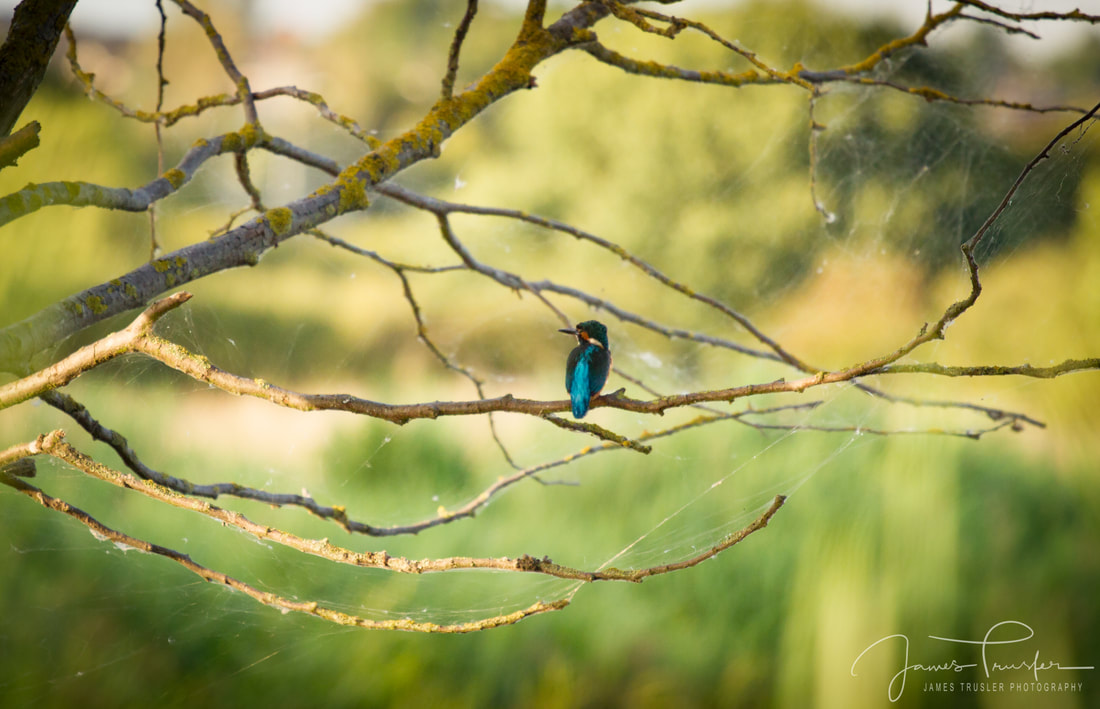 Kingfisher shot taken with the 70-200mm lens (Not quite getting in close enough to the subject) Kingfisher shot taken with the 70-200mm lens (Not quite getting in close enough to the subject) I had read great things about the image quality of the Canon L series lenses so when I switched to Canon from Sony back in November 2014 I treated myself to the Canon EF 70-200mm f4 L USM lens. I bought this for wildlife photography and it performed well enough initially, however it wasn't until I was photographing a kingfisher on the River Nene one evening that I realised this lens just didn't allow me to get in close enough to the subject. It was at this time that I decided to purchase a second hand Canon EF 400mm f5.6 L USM Lens for £680. The extra 200mm of the Canon EF 400mm lens has made a huge difference to my wildlife work and again being an L series lens, the image quality is fantastic. After buying the Canon EF 400mm lens I thought I'd have little use for the 70-200mm lens and was contemplating selling it; a decision that in hindsight I would have really regretted. Many of my landscape photography shots were taken using my Canon EF-S 15-85mm lens so I was worried that the 70-200mm would just sit in my camera bag gathering dust but around this time my photography style started to change, and rather than capturing the big landscape shots I'd previously favoured, I started to home in on smaller sections of a landscape scene and found that my 70-200mm lens was by far the strongest lens in my collection for the job. It has now become my go to lens for my country lane shots but it is when I'm out taking woodland shots that this lens really comes into its own. At 705 grams, the 70-200mm f4 L USM lens is fairly light and compact and the ring-type USM (ultrasonic motor) allows for faster, quieter focusing. The lens doesn't have image stabilisation which could be an issue for some photographers however this does not effect me personally as 90% of the time my camera is placed on a tripod. Because of the lens' long tele focal length you can zoom in on a section of landscape from quite a distance away; this really compresses the perspective from the front to the back of the scene producing some really intimate and atmospheric shots. I tend not to go below f8 for my photography shots but this lens will go down to f4 which enables you to blur out the background and place strong focus on your chosen subject. Here are some more of the key specifications for the lens: Filter thread size - 67mm Lens mount - Canon EF Maximum aperture - f4 Minimum aperture - f32 Size mm - 76x172 Manual focus switch Teleconverter compatibility - 1.4x/2x Minimum focus distance - 1.2 metres You can buy this lens for around £500-£600 brand new and I personally think it's worth every penny. I get such joy from using this lens and it rarely disappoints as proven by the shots in this blog, all of which were taken using the lens. It's a superb low to mid focal length lens and the Super Spectra coatings give accurate colour balance and enhanced contrast. Some of my most powerful atmospheric shots were captured when using this very efficient lens. Overall lens rating 4.5/5 Here's another harvest shot captured back on Sunday 5th August. There is an amazing story behind these harvest shots when, for the Trusler household, utter heartbreak turned into pure joy and relief.
My parents' garden backs onto this field so during the harvest I always head over with my camera to capture the occasion. I was really pleased with this year’s shots; the conditions were fantastic with a big blue sky and small white clouds to really compliment the harvest action. However, the satisfaction soon turned into despair when the day after the harvest my mum informed me that our cat Millie had not been seen since the morning of the harvest. This was out of character for her as she is a timid cat and rarely ventured beyond the house and garden. She would however, occasionally nap in the field particularly during hot weather. Our fear was that she was in the field when the harvest had started and had perhaps panicked, got disorientated and sadly met a tragic end. Despite our fears, we remained optimistic that she had just been spooked and was lying low somewhere and would return home in the next couple of days. The week slowly rolled on and Millie was nowhere to be seen. Our optimism was fading so last Friday I looked back over the photos and videos I'd taken on the day of the harvest to see if I could spot her. My heart sank while watching one of the videos; you could clearly see a grey cat run into the crops moments before the combine arrived. There were plenty of tears as it seemed that tragically, and in a very horrible way, Millie was gone. However, this story has a happy ending and our sadness and heart ache turned to joy when later that evening I received a text message from my sister, "James, you won't believe it...", followed by a picture of Millie in the kitchen. After being missing for more than 5 days she came home healthy (but hungry!) and oblivious to all the drama she had caused but very much enjoying all the attention she was receiving. A very lucky cat :) |
James TruslerNorthamptonshire based nature photographer Archives
January 2020
Categories
All
|
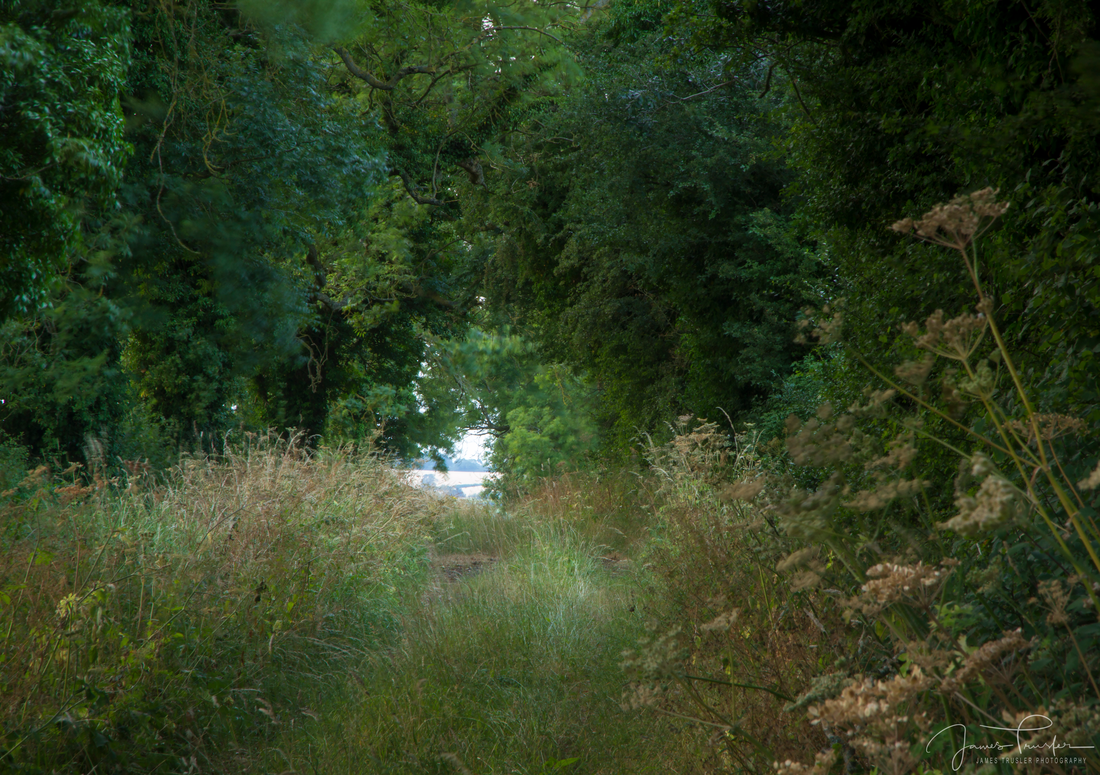
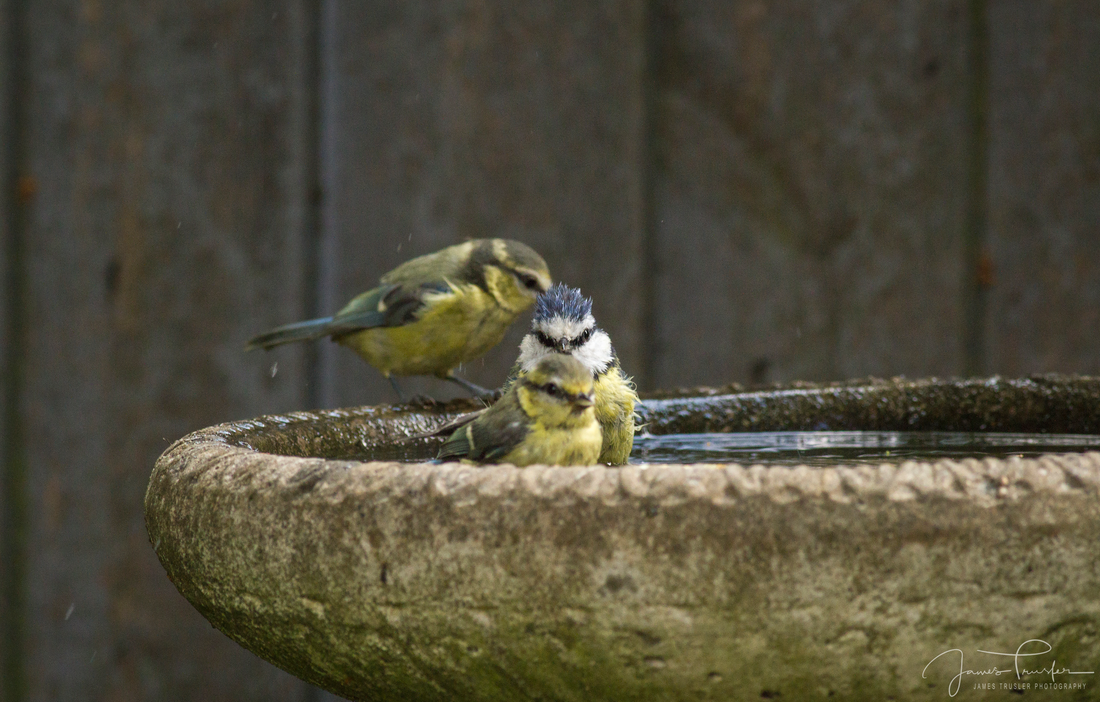
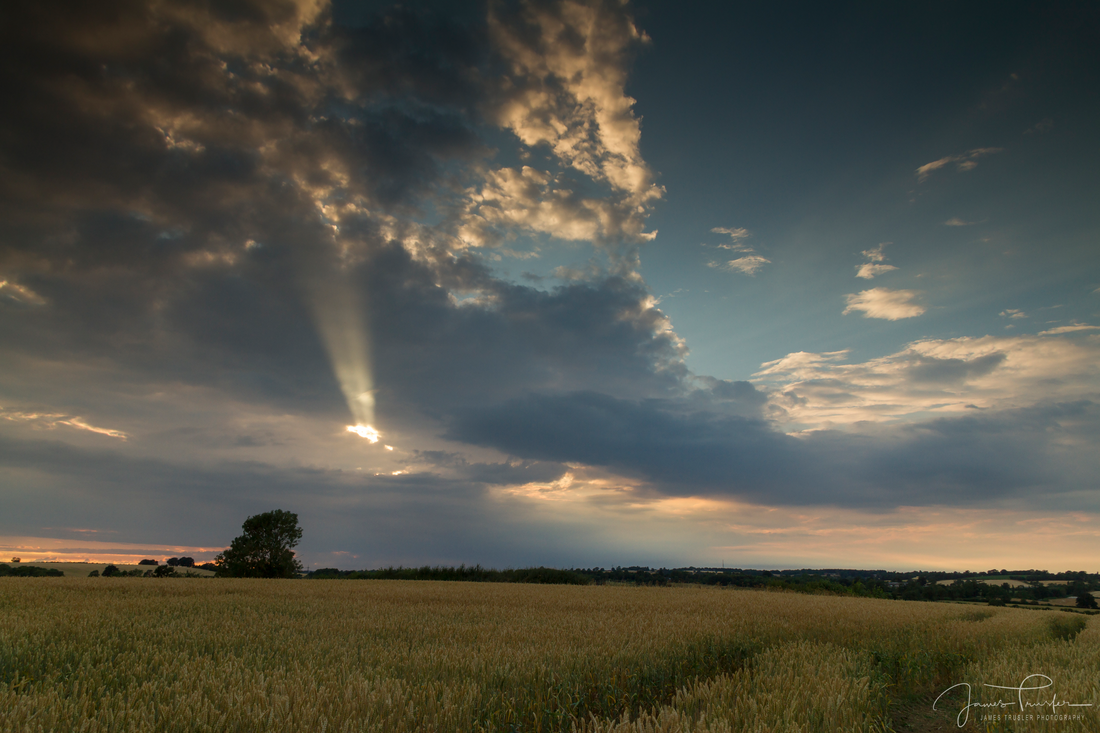
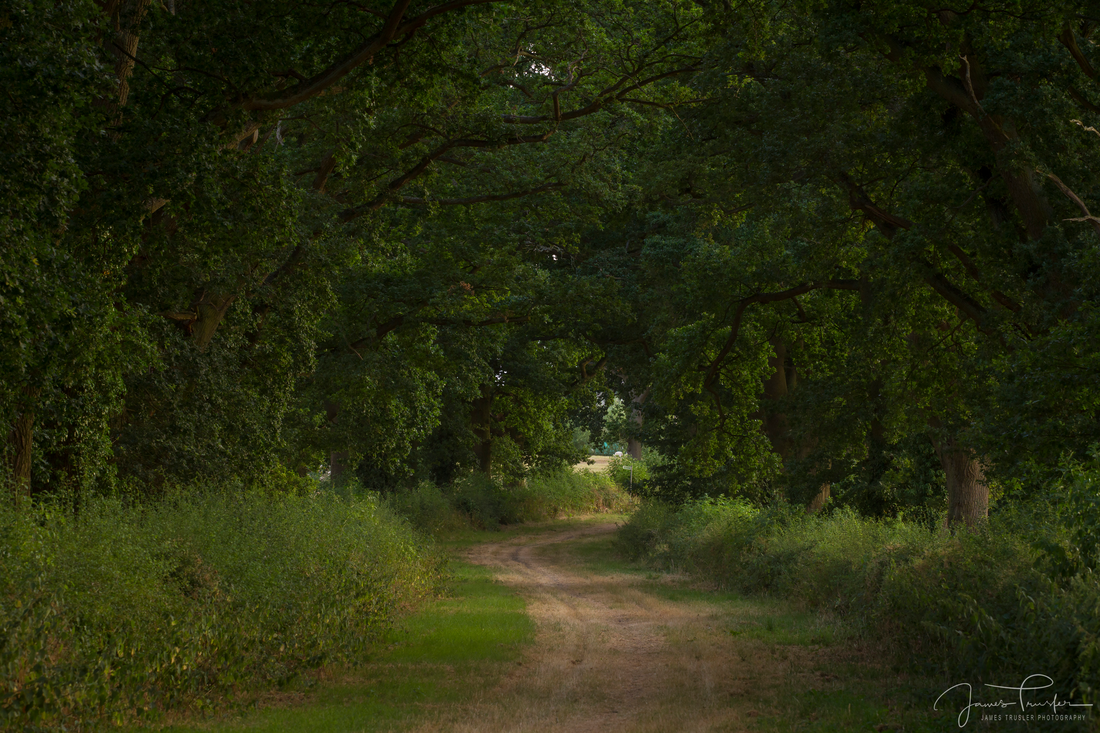
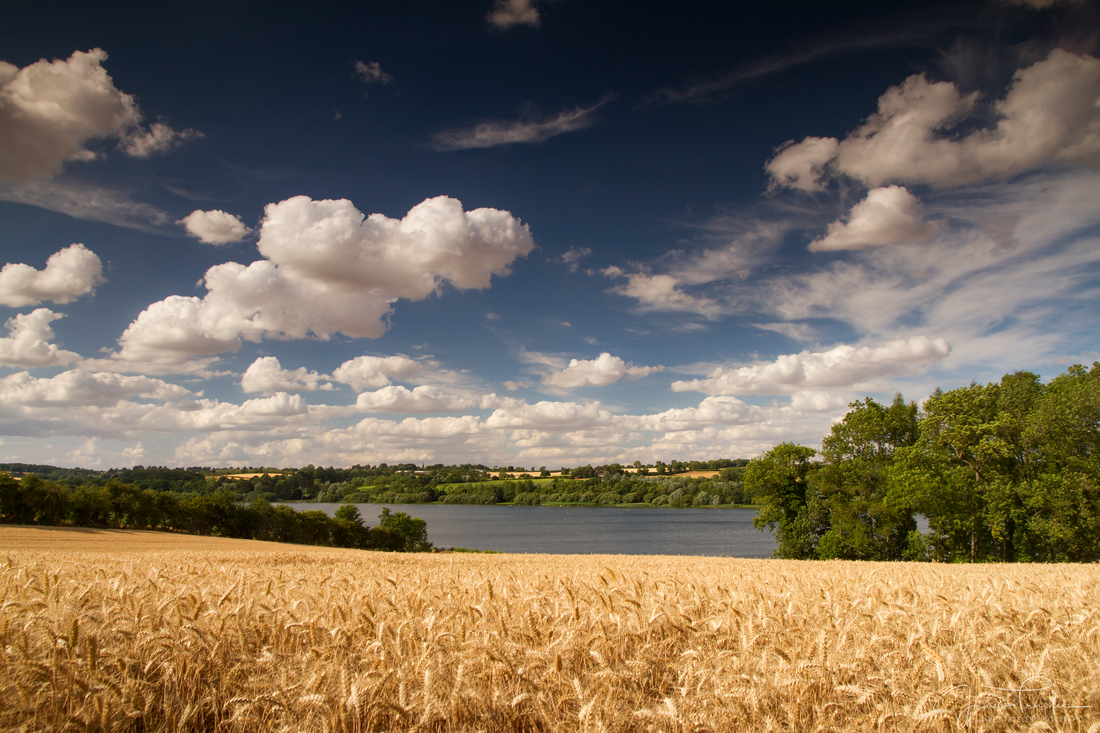
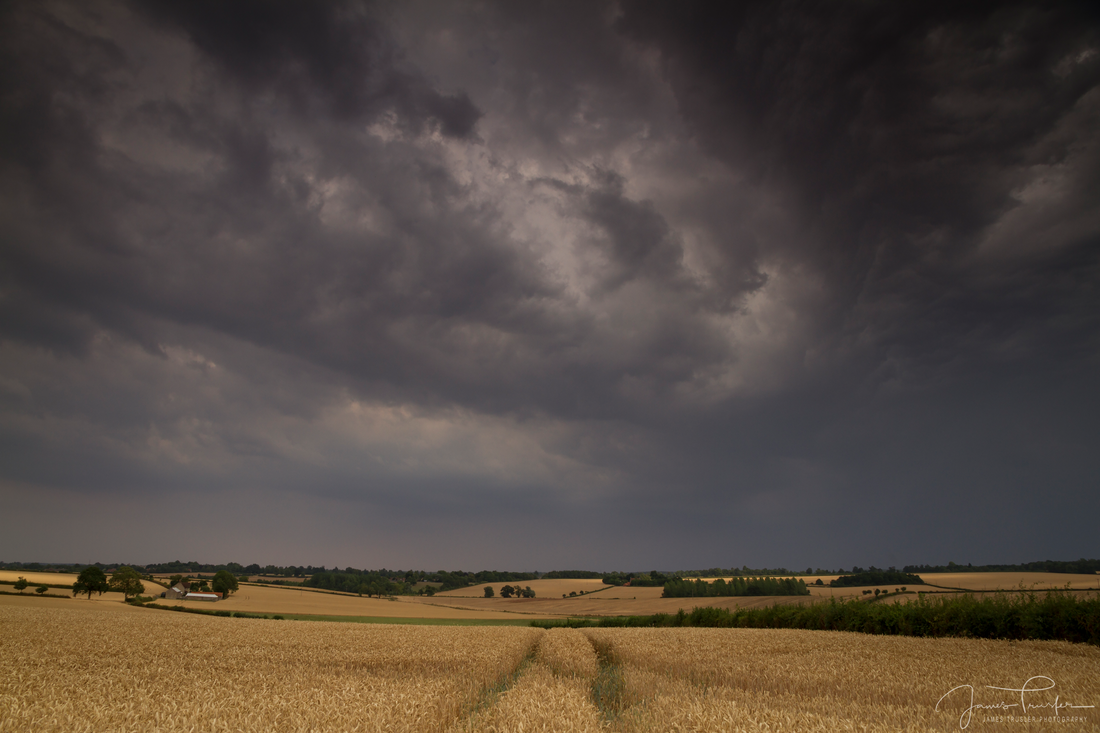
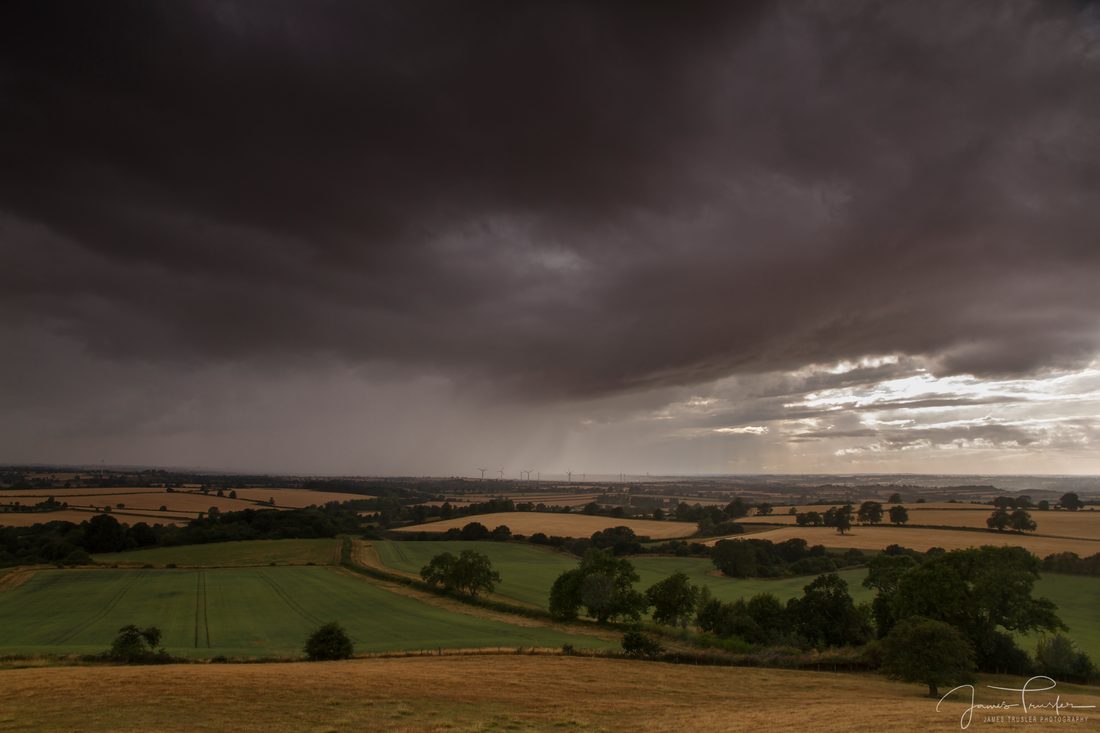
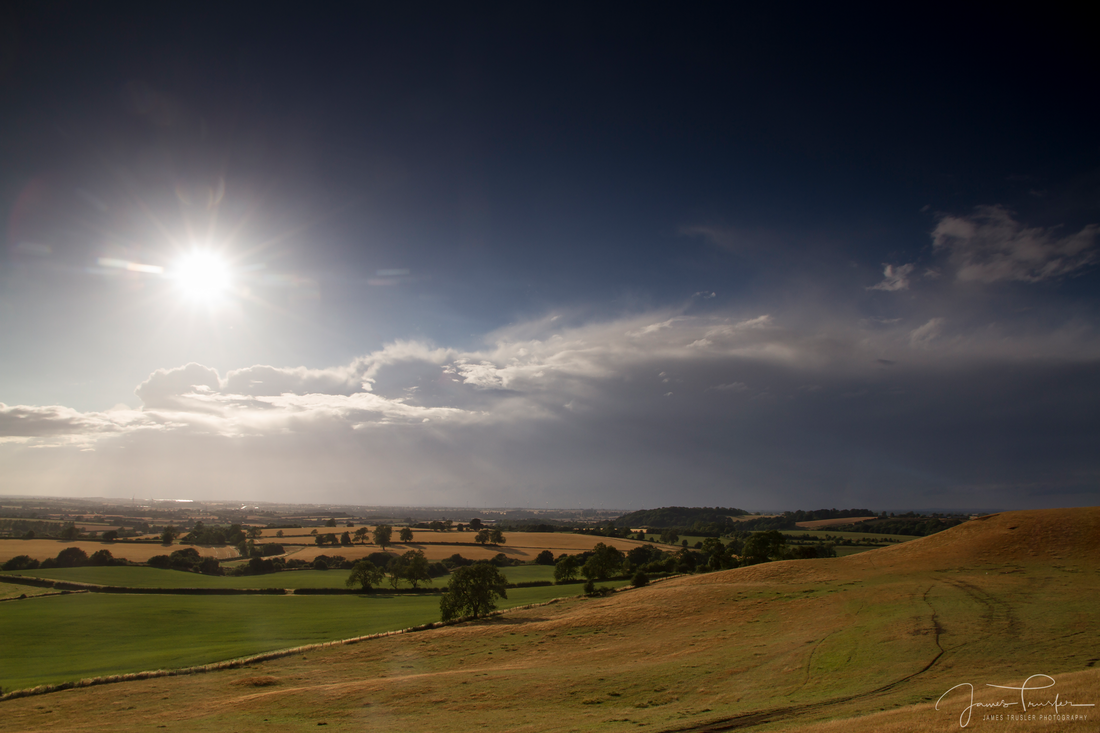
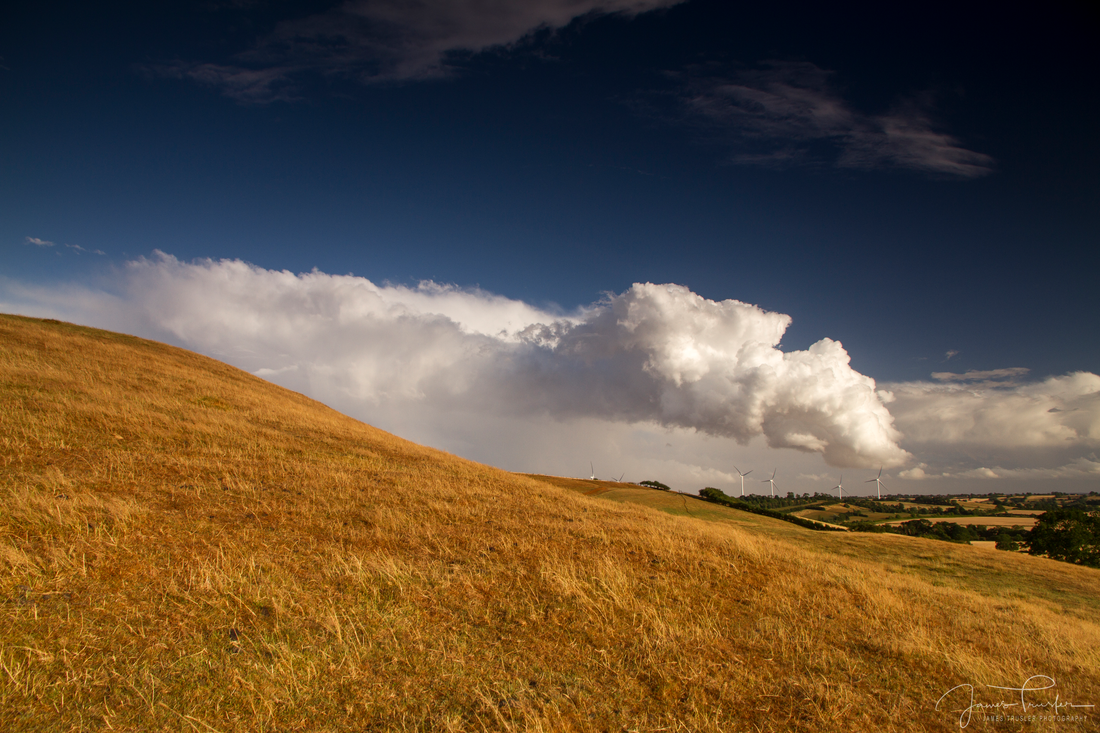
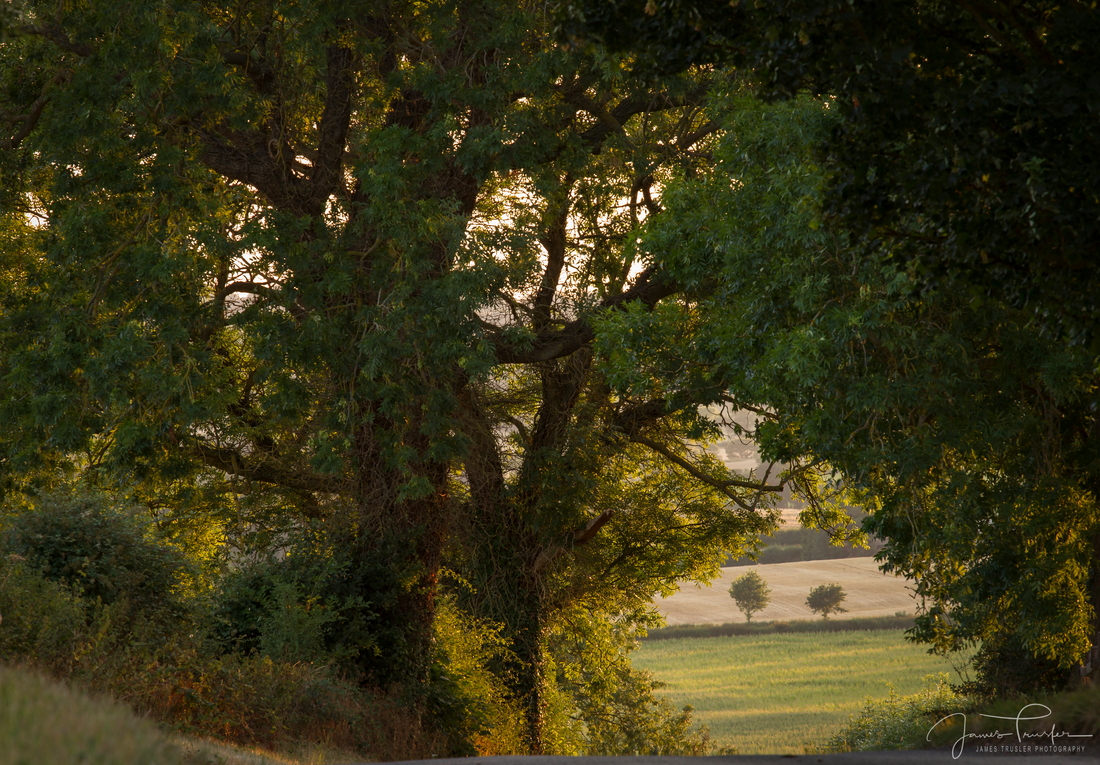
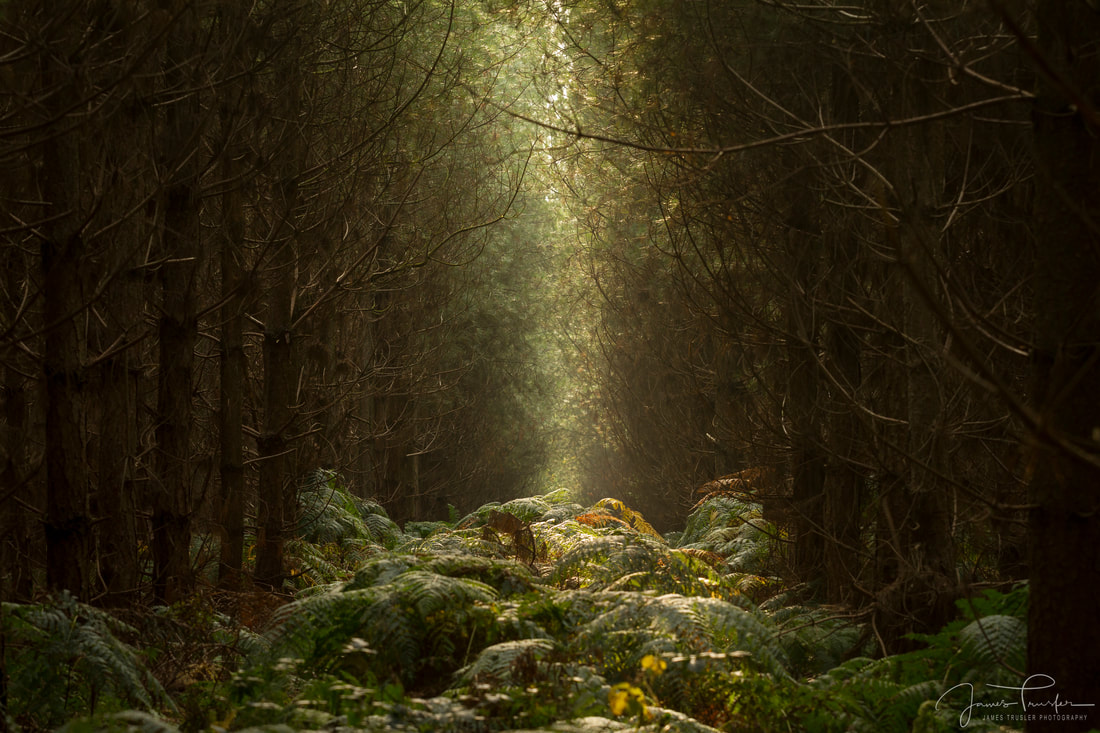
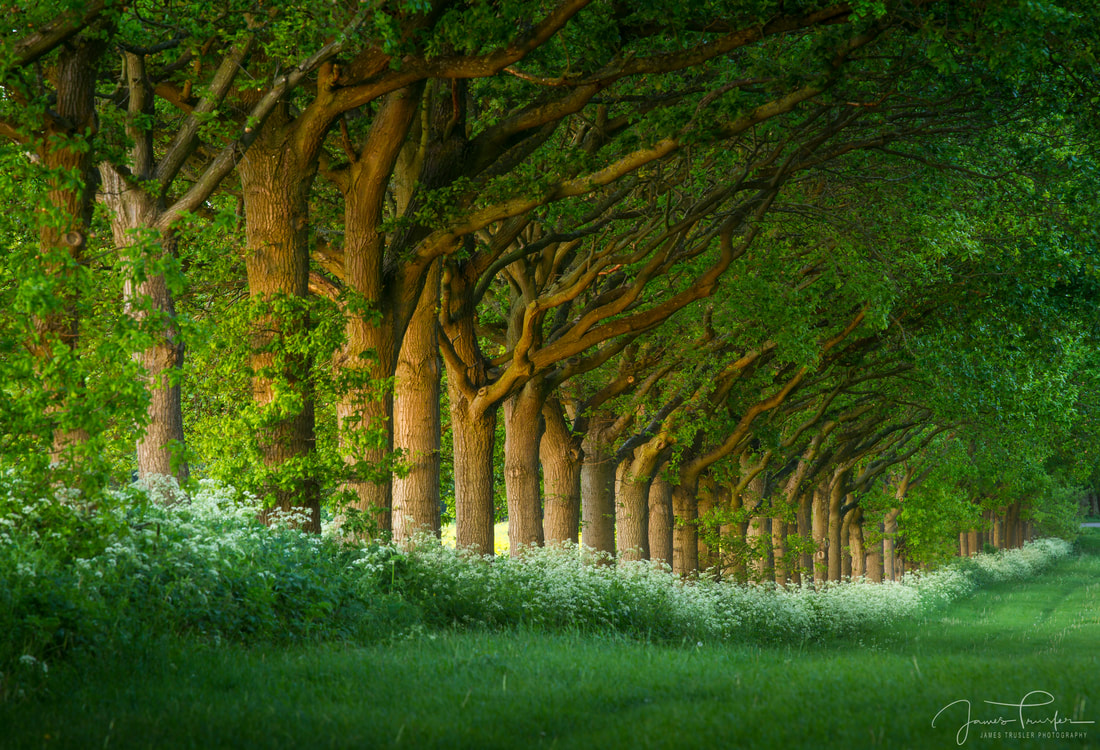
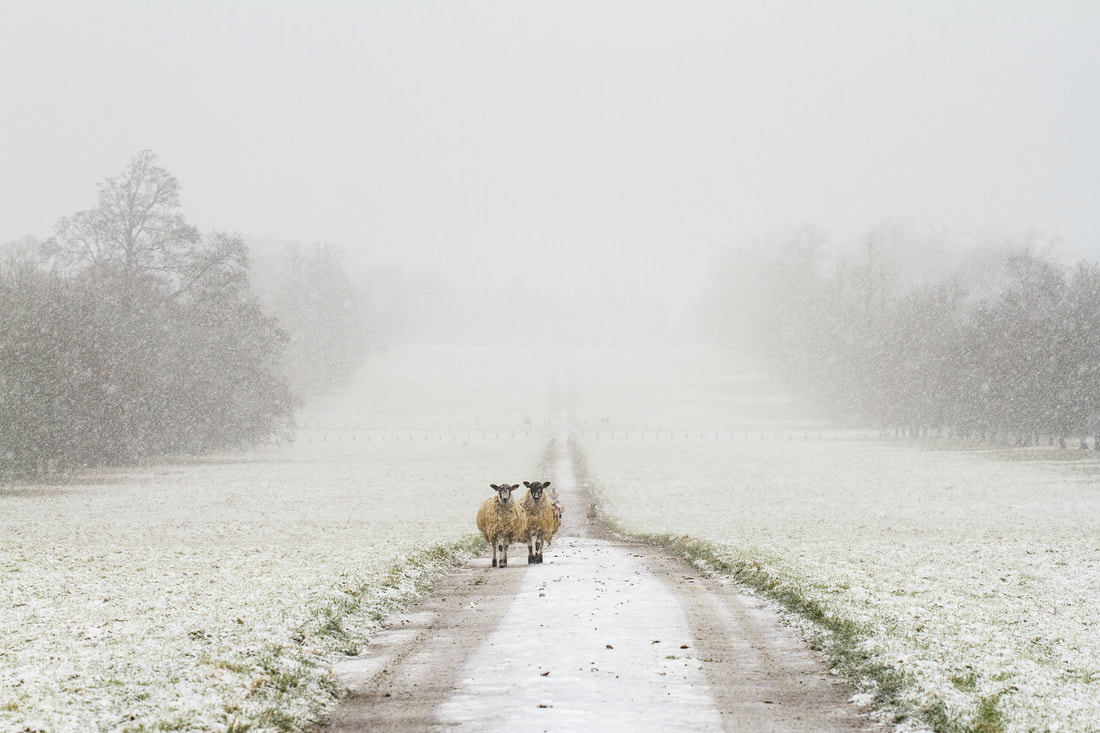
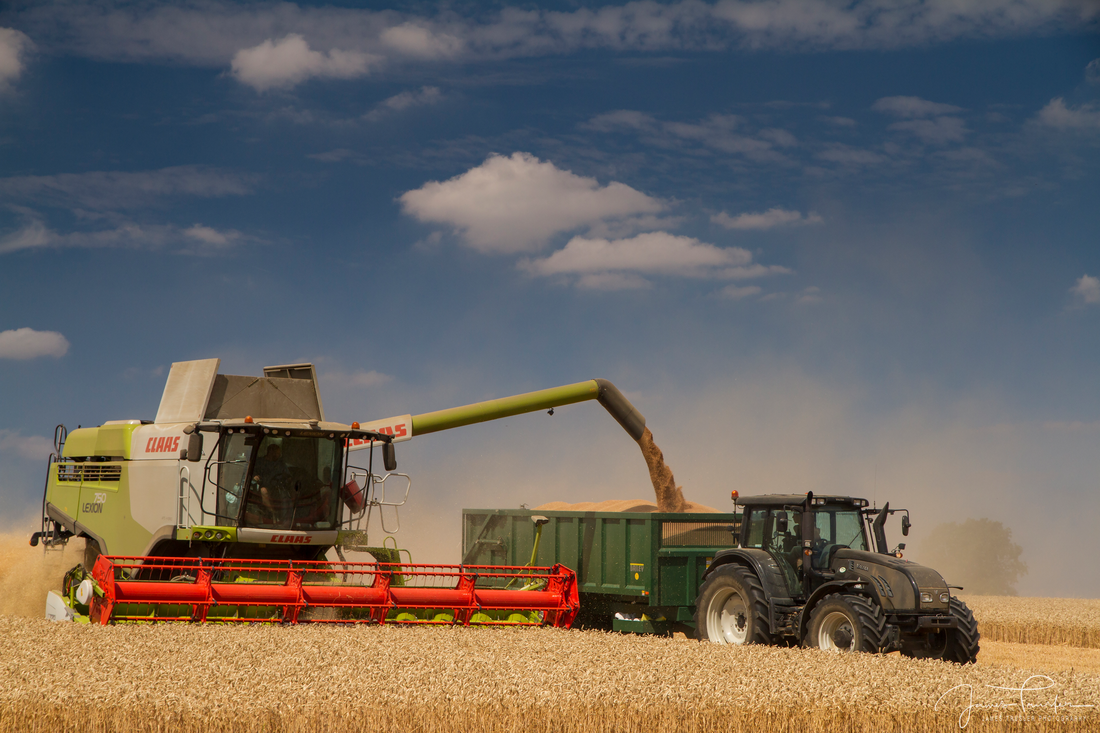
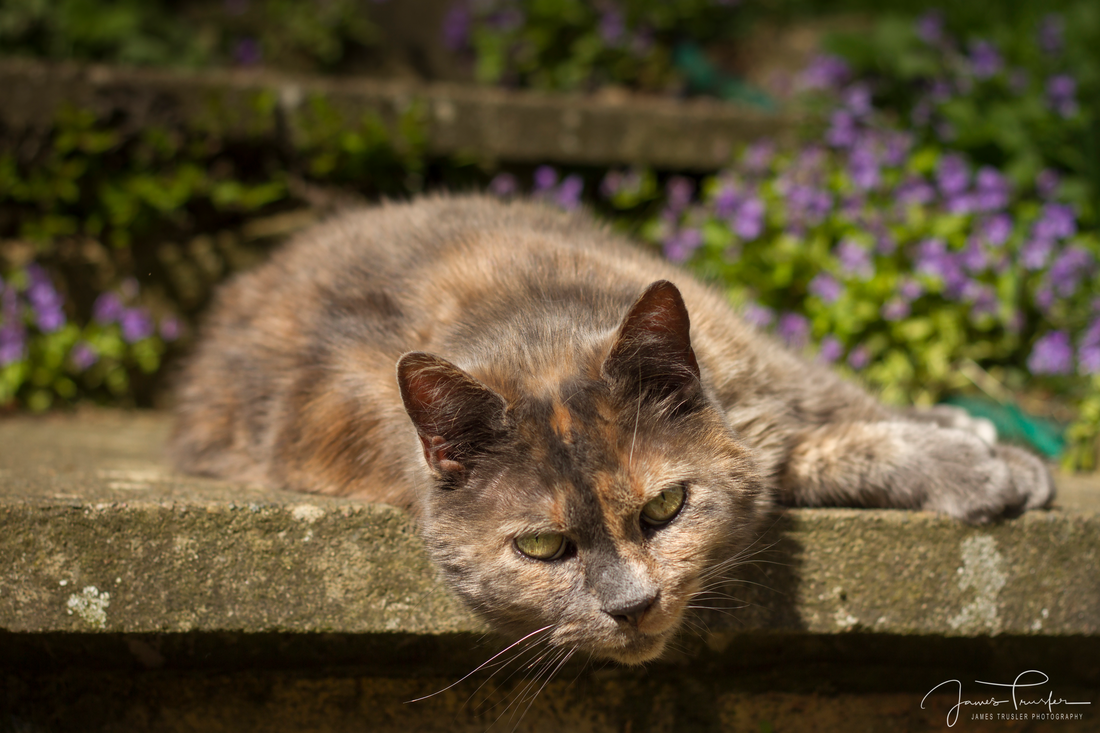
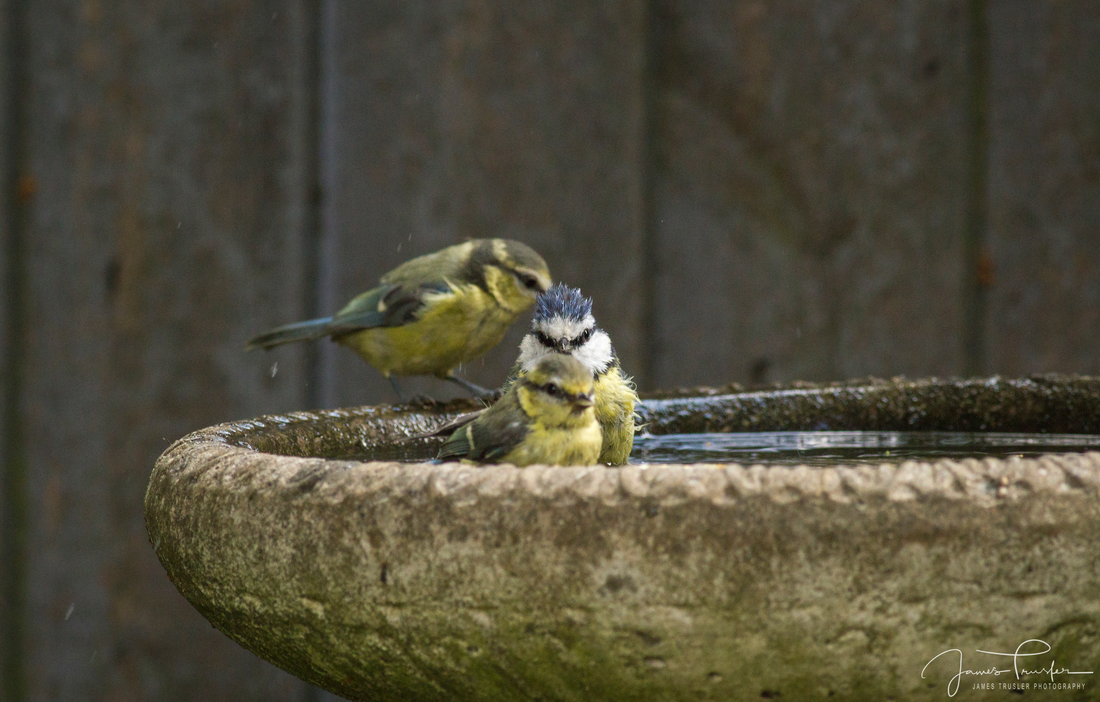
 RSS Feed
RSS Feed